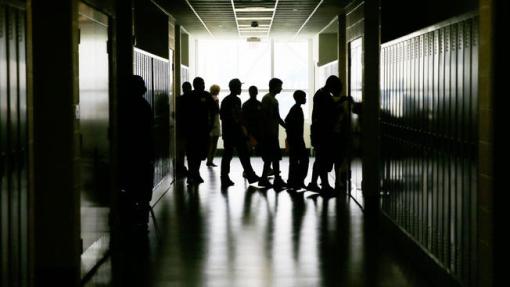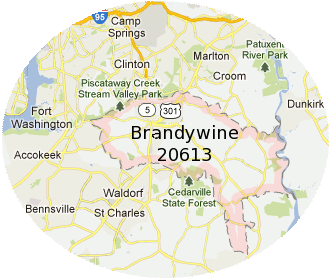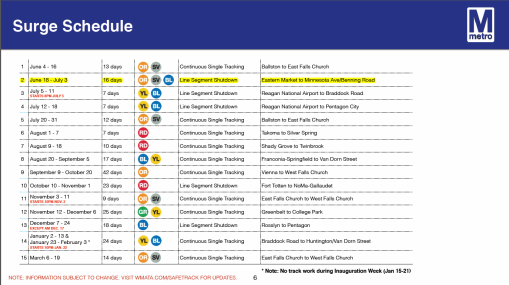Bush to ‘C’ Students at SMU: “You Too Can Be President”

After reading this article we realized how irrelevant grades are in determining success in any life. Some of us can relate because as of last and this month, many will graduate and we know some won’t get any honours. As far as we are concerned our lives are still good, its not the end of the world if you get a “c” average. We still have ‘untapped’ talent, a brain with lots of ideas and a network of people to rely on. So dont’ despair because of a low G.P.A., we are more than just numbers in life.
Enjoy.
Former President George W. Bush isn’t typically celebrated for his public speaking skills, but he made an important and insightful point while delivering the commencement address at Southern Methodist University on or around May 16, 2015.
He said:
To those of you who are graduating this afternoon with high honors, awards and distinctions, I say, ‘Well done.’
And as I like to tell the C students: You too, can be president.
Bush was making fun of himself for earning mediocre grades in college, while also granting some perspective for students graduating with less than stellar academic records.
He was highlighting the fact that grades don’t dictate the rest of your existence, and life is full of limitless possibilities.
Regardless of whether or not you like the guy or appreciated him as a president, he’s not wrong.
In fact, a number of other presidents did poorly in school at one point or another, including John F. Kennedy, Lyndon B. Johnson and Bush’s father, George H.W. Bush. Vice President Joe Biden also struggled with his grades as both an undergraduate and a law student.
In addition to some of our country’s leaders, there are a number of incredibly successful entrepreneurs who didn’t allow their academic experiences to deter them from rising to the top.
Steve Jobs, for example, never finished college. The same is true for Mark Zuckerberg and Bill Gates. Likewise, the youngest female billionaire in the world, Elizabeth Holmes, who is revolutionizing medicine, dropped out of Stanford to pursue her dreams. Richard Branson suffered from dyslexia and dropped out of high school at the age of 15.
Simply put, while receiving an education in some form or another is important, there is no single path toward greatness.
As renowned astrophysicist Neil deGrasse Tyson recently stated while delivering the commencement address at the University of Massachusetts Amherst:
Your grades, whatever is your GPA, rapidly becomes irrelevant in your life. I cannot begin to impress upon you how irrelevant it becomes.
Because in life, they aren’t going to ask you your GPA.
…If a GPA means anything, it’s what you were in that moment — and it so does not define you for the rest of your life.
Intelligence is subjective, and academic achievement is not always a proper way to measure it. Success as a student is largely dependent on one’s ability to operate within a certain system, but it’s not always the best preparation for the real world.
A person’s character, experiences and connections, not grades, ultimately determine their direction in life.
Success requires passion, perseverance, emotional intelligence and the ability to understand the value of failure.
This is precisely why we see so many “C” students, people we wouldn’t necessarily expect, running the world. They understand what it means to struggle, and often have to overcome more obstacles than many people realize.
This is not to say that getting poor grades guarantees success, but that doing well in school doesn’t mean you’ll always be on top.
In the end, grades are just arbitrary letters on a page. True achievement is a product of making observable and altruistic changes in the real world.
So if you just graduated from high school or college and you didn’t finish with honors, don’t despair. Life is full of ups and downs, and while we learn a great deal in school, the real education occurs after you leave the classroom.
Never stop learning, never give up and remember to enjoy the ride along the way.
Here is the whole speech – https://www.smu.edu/News/2015/commencement-may-bush-address
 ***
***


 ***
***








 ***
*** ***
***

 BRANDYWINE – The approval of fifth power plant near Brandywine has community activists fuming.
BRANDYWINE – The approval of fifth power plant near Brandywine has community activists fuming.

 ***
***
